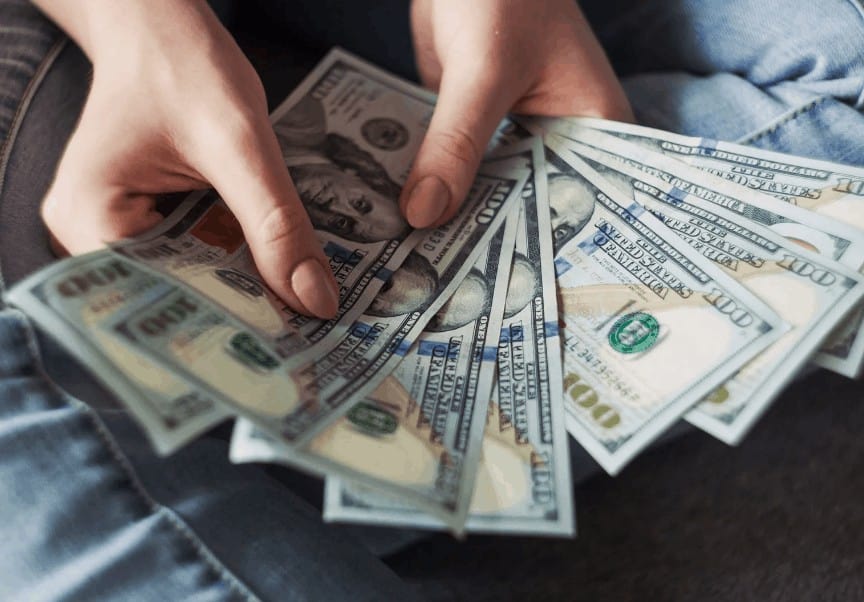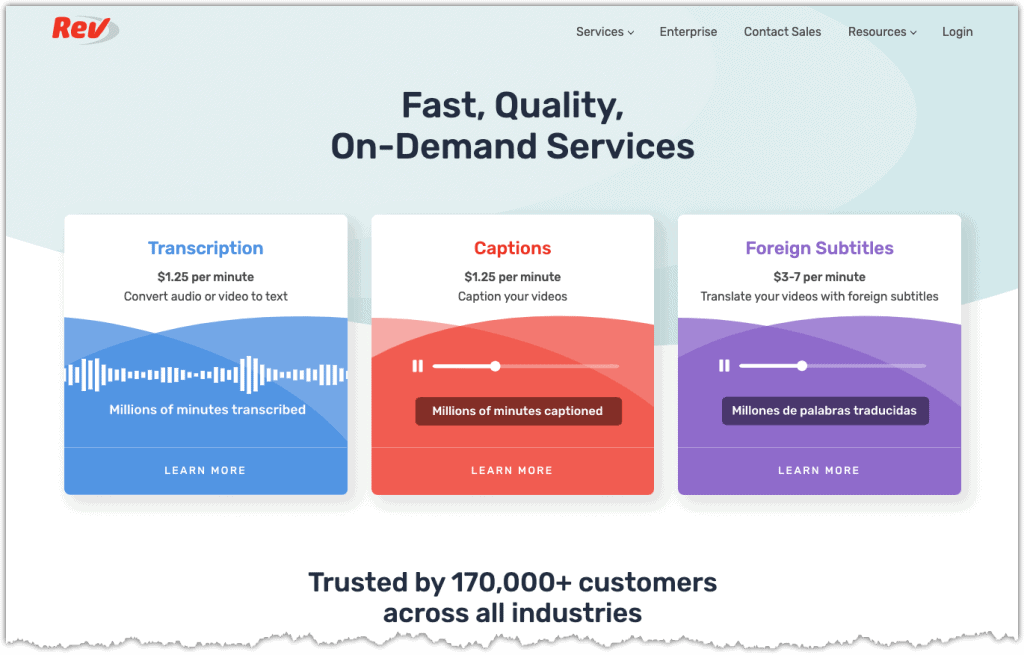The world of YouTube is an ever-evolving landscape, teeming with content creators and advertisers trying to catch the attention of viewers.
One crucial aspect that plays a significant role in determining the earnings of a YouTuber is the Cost Per Mille (CPM) and Revenue Per Mille (RPM). In this friendly article, we will explore the highs and lows of CPMs on YouTube, with a comprehensive comparison of various niches.
Additionally, we will provide a brief overview of CPM and RPM, as well as examples of how they are calculated.
Understanding CPM and RPM on YouTube
Before diving into the highs and lows, it is important to understand the basic concepts of CPM and RPM. CPM, which stands for Cost Per Mille, is the amount an advertiser pays for 1,000 ad impressions on a video. RPM, on the other hand, stands for Revenue Per Mille and represents the amount a content creator earns for every 1,000 views of their video.
The primary difference between the two lies in who they apply to: CPM concerns advertisers, while RPM concerns content creators. Moreover, CPM only accounts for ad impressions, whereas RPM considers all revenue sources, including ads, channel memberships, Super Chat, and YouTube Premium revenue.
Calculating CPM and RPM
To illustrate how CPM and RPM are calculated, let’s take the example of a YouTube video with the following statistics:
- Total ad impressions: 10,000
- Total ad revenue: $50
- Total views: 15,000
- Other revenue (e.g., memberships, Super Chat, etc.): $20
To calculate the CPM, you would divide the total ad revenue by the total ad impressions, then multiply by 1,000:
CPM = ($50 / 10,000) * 1,000 = $5
To calculate the RPM, you would add the ad revenue to other revenue sources and divide the total by the number of views, then multiply by 1,000:
RPM = (($50 + $20) / 15,000) * 1,000 = $4.67
Comparing CPMs and RPMs Across Niches
Now that we have a basic understanding of CPM and RPM, let’s explore the highs and lows of these metrics across various niches on YouTube. The table below provides a comparison of average CPMs and RPMs for different niches:
| Niche | CPM | RPM |
|---|---|---|
| Animals/Pets | $1.50 – $8.00 | $1.50 – $5.00 |
| Art | $1.50 – $8.00 | $1.50 – $5.00 |
| Beauty | $2.00 – $10.00 | $2.50 – $7.00 |
| Career | $3.00 – $12.00 | $2.50 – $7.00 |
| Education (K-12) | $2.50 – $12.00 | $2.50 – $8.00 |
| Family/Parenting | $1.50 – $8.00 | $1.50 – $5.00 |
| Fitness/Dance | $2.00 – $10.00 | $2.50 – $7.00 |
| Gardening | $1.50 – $8.00 | $1.50 – $5.00 |
| Home Improvement | $1.50 – $8.00 | $1.50 – $5.00 |
| How-To | $1.50 – $8.00 | $1.50 – $5.00 |
| Language Learning | $2.50 – $12.00 | $2.50 – $8.00 |
| Lifestyle | $1.50 – $8.00 | $1.50 – $5.00 |
| Marketing | $3.00 – $12.00 | $2.50 – $7.00 |
| Mental Health | $2.00 – $10.00 | $2.50 – $7.00 |
| Motivation | $2.50 – $12.00 | $2.50 – $7.00 |
| Outdoors | $1.50 – $8.00 | $1.50 – $5.00 |
| Personal Finance | $3.00 – $12.00 | $2.50 – $7.00 |
| Science Fiction/Fantasy | $1.50 – $8.00 | $1.50 – $5.00 |
| Self-Improvement | $2.50 – $12.00 | $2.50 – $7.00 |
| Social Media | $2.50 – $12.00 | $2.50 – $7.00 |
| Spirituality | $2.00 – $10.00 | $2.50 – $7.00 |
| Technology Reviews | $2.00 – $12.00 | $2.50 – $6.00 |
| True Crime | $2.50 – $12.00 | $2.50 – $7.00 |
| Vlogging | $1.50 – $8.00 | $1.50 – $5.00 |
As you can see, the CPMs and RPMs vary widely by niche. Finance and technology tend to have higher CPMs, while gaming and food tend to have lower ones. However, it’s important to note that these numbers can change over time and may not be representative of every creator in a particular niche.
It’s important to note that RPM can be impacted by a variety of factors beyond just the CPM, such as the type of ads shown and the location of the audience.
For example, if a creator has a lot of viewers in a country where advertisers are willing to pay more for ads, their RPM may be higher than someone with the same number of views but a different audience location.
Fun Facts About YouTube Income
- The highest earners on YouTube are not always in the highest CPM niches. Popular YouTubers with massive subscriber bases and consistent views can earn more in niches with lower CPMs due to their larger audiences.
- YouTube’s Partner Program allows content creators to earn money, but they must meet certain eligibility criteria, such as having at least 1,000 subscribers and 4,000 watch hours in the past 12 months.
- Advertisers are willing to pay more for certain niches, like personal finance and education, because their target audience is typically more engaged and has a higher conversion rate.
- YouTubers can increase their earnings by offering exclusive content to channel members or using platforms like Patreon to gain additional support from their audience.
Strategies to Boost Overall RPM Rates on YouTube
- Optimize video metadata: Make sure your video titles, descriptions, and tags include relevant keywords to help your content rank better in search results and attract more views.
- Create engaging thumbnails: A visually appealing and engaging thumbnail can entice viewers to click on your video, ultimately increasing your views and RPM.
- Diversify revenue streams: In addition to ad revenue, consider incorporating channel memberships, Super Chat, merchandise sales, and affiliate marketing to increase your overall RPM.
- Improve audience retention: Create high-quality content that keeps viewers engaged for longer periods. The longer a viewer watches your video, the more likely they are to be served ads, thereby increasing your ad revenue and RPM. Pay attention to audience retention analytics in your YouTube Studio to identify areas where viewers drop off and work on improving those aspects of your videos.
- Collaborate with other YouTubers: By collaborating with other content creators, you can tap into new audiences, increasing your views and overall RPM. Ensure that the collaboration is mutually beneficial and the content is relevant to both creators’ audiences.
- Be consistent with your content: Uploading videos on a regular schedule can help build and maintain an engaged audience, which in turn can improve your RPM over time.
- Focus on content quality: High-quality videos with better production values and engaging storylines can attract more viewers and keep them coming back for more. This can result in a higher RPM in the long run.
- Interact with your audience: Engage with your viewers by responding to comments, creating content based on their suggestions, and encouraging them to subscribe, like, and share your videos. This helps create a loyal audience, which can lead to more views and higher RPM.
In conclusion, understanding YouTube CPM and RPM can be incredibly valuable for content creators looking to maximize their earnings on the platform. By exploring various niches and their respective CPMs and RPMs, you can make informed decisions about the type of content to create and the strategies to employ.
Remember, consistency, audience engagement, and diversification of revenue streams are key to boosting your overall RPM rates. So, go ahead and unleash your creativity, and happy YouTubing!
If you need a more in-depth deep dive into how to increase your YouTube channel’s CPMs, check out my deep dive blog on how to make more from your channel.
Q: What are YouTube earnings?
A: YouTube earnings refer to the money content creators make from their videos on the platform. This income can come from various sources, including ad revenue, channel memberships, Super Chat, merchandise sales, and YouTube Premium revenue.
Q: How do YouTube CPM and RPM relate to earnings?
A: CPM (Cost Per Mille) is the amount an advertiser pays for 1,000 ad impressions on a video, while RPM (Revenue Per Mille) represents the amount a content creator earns for every 1,000 views of their video. Both metrics are essential in understanding and optimizing YouTube earnings.
Q: How can I calculate my CPM?
A: To calculate CPM, divide the total ad revenue by the total ad impressions and then multiply by 1,000:
CPM = (Total Ad Revenue / Total Ad Impressions) * 1,000
Q: How can I calculate my RPM?
A: To calculate RPM, add the ad revenue to other revenue sources, divide the total by the number of views, and then multiply by 1,000:
RPM = ((Ad Revenue + Other Revenue) / Total Views) * 1,000
Q: How do different niches affect CPM and RPM?
A: CPM and RPM can vary significantly across different niches. Some niches, like personal finance or education, often have higher CPMs and RPMs because advertisers are willing to pay more to reach their target audience, who tend to be more engaged and have higher conversion rates.
Q: Can I increase my RPM without increasing my CPM?
A: Yes, you can increase your RPM without increasing your CPM by diversifying your revenue streams, such as incorporating channel memberships, Super Chat, merchandise sales, and affiliate marketing, as well as by improving your audience retention and engagement.
Q: How do YouTube Premium earnings factor into RPM?
A: YouTube Premium earnings are factored into RPM calculations, as they contribute to the overall revenue a content creator earns. These earnings come from YouTube Premium subscribers who watch your content, and the amount is proportional to their watch time on your videos.
Q: Can I control the ads shown on my videos to increase my CPM?
A: While you can’t directly control which ads are shown on your videos, you can enable or disable certain ad formats and categories within your Google AdSense account. However, it’s essential to strike a balance, as being too restrictive may lead to fewer ads and potentially lower earnings.
Q: Is there a minimum threshold for YouTube earnings?
A: Yes, YouTube has a minimum payment threshold of $100. You must accumulate at least $100 in your AdSense account before receiving a payment.
Q: Are there any requirements for earning money on YouTube?
A: To be eligible for the YouTube Partner Program and earn money, you need to meet specific requirements, including having at least 1,000 subscribers, 4,000 watch hours in the past 12 months, and adhering to YouTube’s policies and guidelines.


























































